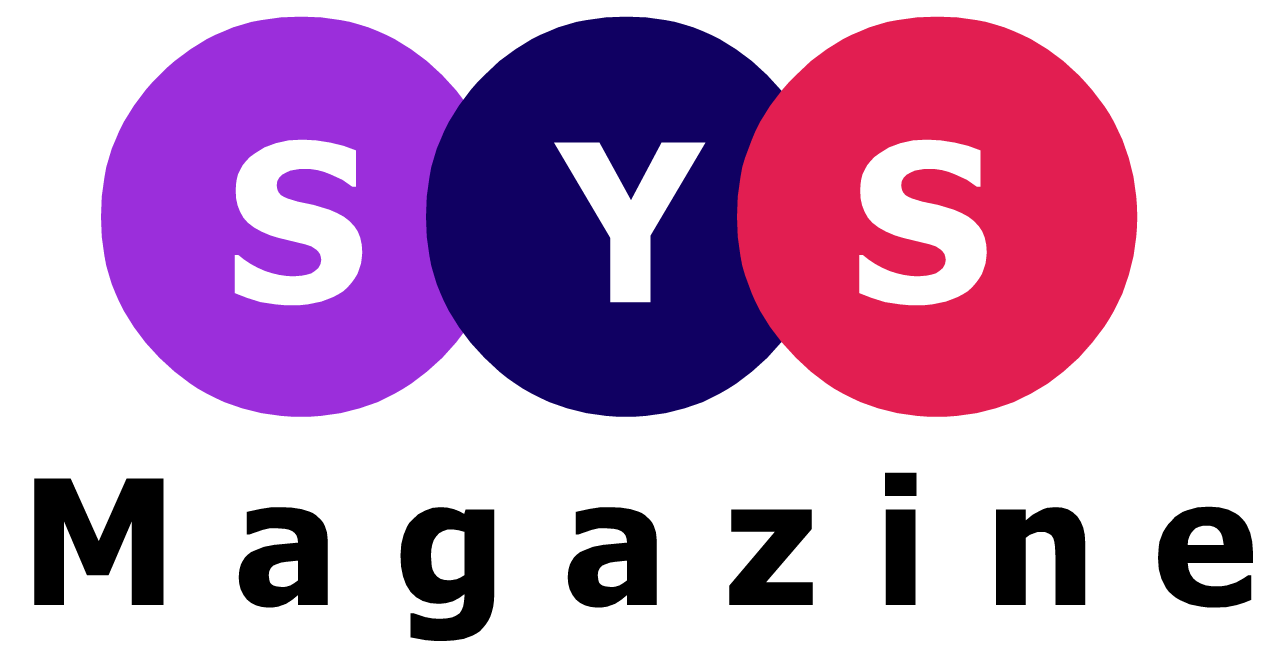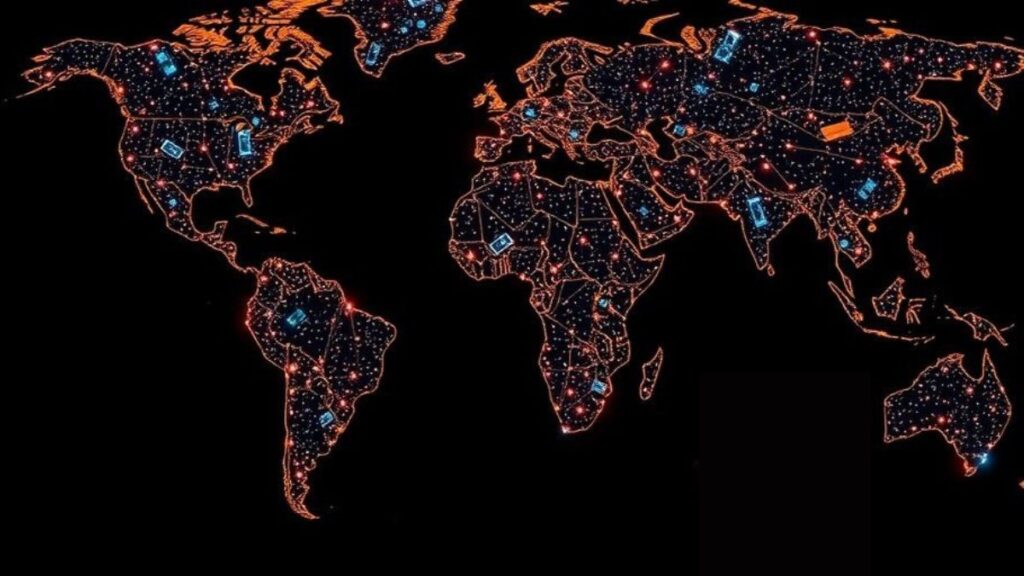In the shadowy corners of the internet where the future of commerce quietly reshapes itself, one enigmatic term keeps cropping up: banggiadag. It sounds like a password to an exclusive club, or maybe the alias of a black-market genius. But behind the unusual name lies a movement, a system, and a possible tipping point for how we think about value exchange, digital equity, and the evolution of blockchain-led marketplaces.
Let’s unpack it. Let’s dissect it. And by the end, you’ll understand why banggiadag might be the next buzzword that tech CEOs and economic futurists start throwing around — if they aren’t already.
What Exactly Is Banggiadag?
At its core, banggiadag represents a decentralized, semi-autonomous digital trading protocol. Though still in its nascent stages, it operates on principles that blend blockchain technology, peer-to-peer (P2P) architecture, and AI-curated market flows. Think of it as a hybrid between an NFT marketplace, a DAO (Decentralized Autonomous Organization), and an intelligent digital barter system.
Notably, banggiadag is not a company. It’s not a website you log into or an app you download. It’s a protocol — a set of rules and smart contracts that anyone can integrate into digital marketplaces, platforms, or even use to power private economic micro-networks.
It’s a kind of glue. A backbone. An operating system for futuristic trade.
Etymology and Obscure Origins
Let’s get this out of the way: no one knows exactly where the term “banggiadag” originated. Linguists and cyber-sleuths have traced its earliest usage to obscure forums on the decentralized web — think private instances of Mastodon, Web3 Discord servers, and threads buried in old BitTorrent meta files.
One prevailing theory suggests it’s a compound of Tagalog and Mongolic root words roughly translating to “value swap” or “price ledger.” Others think it’s a semi-anagram of “dag” (directed acyclic graph) — a data structure central to blockchain alternatives like IOTA. Another theory? It’s code. A linguistically obfuscated cipher meant to evade search detection during the early beta testing phase of the protocol.
Whatever its origins, banggiadag has become shorthand for a new breed of agile, adaptive digital commerce systems.
Core Components of the Banggiadag Protocol
So what makes banggiadag tick? At the risk of oversimplifying, it consists of five core components:
1. Smart Contract Flexibility
Banggiadag isn’t married to Ethereum or any single chain. It was designed as a layer-zero protocol — meaning it can anchor itself to multiple chains or float above them all, selecting whichever is cheapest or fastest in real time.
2. Peer-Curated Valuation
No centralized price setting. Users in a banggiadag-enabled marketplace collectively determine the value of goods and services. This is a digital barter economy guided by reputation, scarcity, and consensus — not fiat or stablecoin anchors.
3. Reputation Indexing
One’s influence in the ecosystem isn’t dictated by coin holdings but by historical trade integrity, verified delivery, and peer ratings. Think Uber ratings meets GitHub contribution graphs.
4. Interoperable Asset Classes
Whether you’re trading digital art, rare game skins, intellectual property, or encrypted business leads — banggiadag doesn’t discriminate. It can validate ownership across asset types using customizable hash wrappers.
5. Autonomous Conflict Resolution
Thanks to a combination of zero-knowledge proofs and AI mediation models, banggiadag can handle disputes without human arbitration — preserving anonymity while ensuring fairness.
Why Banggiadag Matters in 2025
With Web3 technology teetering between hype cycles and real-world use cases, banggiadag emerges as a practical, community-first application. It offers real utility without relying on speculative coin launches or attention-chasing NFTs.
The promise? A world where value can be exchanged fluidly, securely, and fairly — without a centralized middleman, oppressive gas fees, or currency conversion nonsense.
This is particularly significant in developing markets. Imagine a freelance developer in Lagos exchanging code snippets for digital design assets created in Vietnam — with no need for PayPal, Stripe, or even a bank. Banggiadag protocols, layered into their platforms, make it possible.
It’s not just empowering. It’s subversive.
The Cultural Undercurrent: A Quiet Insurgency
Banggiadag isn’t just about code. It’s a cultural shift.
In the last decade, we’ve seen everything from Occupy Wall Street to the rise of meme stocks, decentralized finance (DeFi), and DAOs. These weren’t just economic events — they were cultural rejections of top-down power structures. Banggiadag rides the same wave, but with more pragmatism than protest.
It doesn’t scream “Down with the banks!” — it simply bypasses them. Efficiently. Elegantly. Almost invisibly.
That’s part of the appeal: banggiadag doesn’t ask for permission. It just builds an alternative.
Criticism and Controversy
No movement is without its detractors, and banggiadag is no exception.
⚠️ Opacity and Anonymity
Critics argue that the same traits that make banggiadag appealing to marginalized users — privacy, decentralization, lack of KYC — also make it ripe for abuse. Think money laundering, digital black markets, or IP piracy.
⚠️ Scalability Concerns
The protocol is still largely theoretical in high-volume scenarios. Skeptics question whether it can handle the stress of mass adoption without compromising its ethos or functionality.
⚠️ Lack of Legal Framework
Because banggiadag operates beyond borders and traditional payment rails, it’s in a legal gray zone. Governments — particularly those pushing CBDCs (Central Bank Digital Currencies) — are keeping a close eye.
Who’s Building on Banggiadag?
Although the ecosystem is young, a handful of startups and DAOs have begun experimenting with banggiadag integrations:
-
NomadLoop – A digital art exchange built entirely on banggiadag protocols, enabling gasless swaps.
-
Waveline – A decentralized gig economy platform where work and payment are hashed into a reputation-led contract.
-
OpenNest – A protocol-for-protocols project helping other marketplaces layer in banggiadag standards.
These projects are still under the radar — not yet the next OpenSea or Uniswap — but their presence is proof that banggiadag isn’t vaporware.
Banggiadag and the Future of Trade
What does the long arc of digital commerce look like if banggiadag continues to scale?
🌐 Borderless Microeconomies
Instead of nations and corporations dictating economic rules, niche communities — whether artists, coders, gamers, or educators — create self-regulating ecosystems.
🔄 Value Without Currency
We’re already living in a world where “likes,” “followers,” and “views” carry value. Bang giadag takes this further, enabling people to trade directly in reputation, skill, or access.
🧠 AI-Mediated Marketplaces
With AI trained on banggiadag data flows, future trade can be predictive and hyper-optimized — adapting prices, delivery windows, and even product suggestions in real time based on community behavior.
🤝 Trust as Currency
The banggiadag protocol reimagines currency as trust. Your ability to transact well — to deliver what you promised, to follow through — becomes more valuable than any coin or token.
Final Thoughts: Should You Care About Banggiadag?
If you’re a startup founder, a freelance creative, a digital nomad, a decentralized evangelist — or just someone sick of paying 30% platform fees to sell your work online — yes, you should care. You should care a lot.
Banggiadag is part of a slow, steady rebellion against gatekeepers. It’s the underground tunnel beneath the gleaming skyscrapers of PayPal, Upwork, and Amazon.
In a world obsessed with disruption, banggiadag offers something more sustainable: reinvention.
And while it might not be headline-grabbing just yet, the smartest minds in decentralized tech know that banggiadag isn’t just a term — it’s a tectonic shift. One you’ll want to be ahead of.






